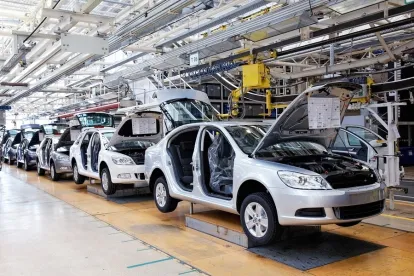If it seems like déjà vu, it’s not just you: SUVs are again leading the charge on new vehicle sales. Buoyed by low gas prices and growing millennial families, SUV sales have increased by 6 percent from 2016 to 2017 (through October)—even though the overall car market has declined by 2 percent during the same timeframe.
Of course, with a jump in SUV and truck sales, midsize and large car sales are down accordingly. Even as full-line automakers are seeing their SUV sales climb, sales of vehicles like the Toyota Corolla and Camry, and full-size sedans like the Chevrolet Impala, are tumbling. For full-line automakers, this is not necessarily an even tradeoff; trucks and full-size SUVs tend to have generous margins that can more than offset the loss in sales of cars. While Toyota and GM can take solace in increasing sales of SUVs to offset the impact of dropping car sales, other brands with more car-centric lineups, such as Kia and Chrysler, are feeling the sting more acutely.
It’s hard to say how long the uptick in SUV sales will last. Mazda is banking on the trend continuing, opening a factory and dedicating 150,000 units of production annually to a new crossover SUV—starting in 2021. But for some analysts, shifting to a focus on SUV and truck production—even with their bottom-line-boosting margins—can set manufacturers up for a fall should the economy take a turn for the worse (or should gas prices increase) before they can take the time-consuming steps to retool for small car production.
Not only are manufacturers confronted with the question of whether to shift their future product mix in response to current market trends (at the risk of missing out on profitable shifts in the current market if they do not), dealers and suppliers can also find themselves caught in the middle. Dealers need to be concerned with allocating floor space to larger vehicles, while keeping smaller cars—that may not be in demand, but that manufacturers expect their dealer networks to keep available—in stock. And suppliers have to gauge whether today’s trends for larger, less fuel-efficient vehicles will hold in coming years—a task further complicated by the uncertainty surrounding fuel economy standards. The challenge for manufacturers and suppliers going forward may be to ride the current wave as long as it lasts, while being flexible enough (and making R&D investments in the right places) to not be stung by the backlash when these larger and more expensive vehicles fall back out of favor.



 />i
/>i
